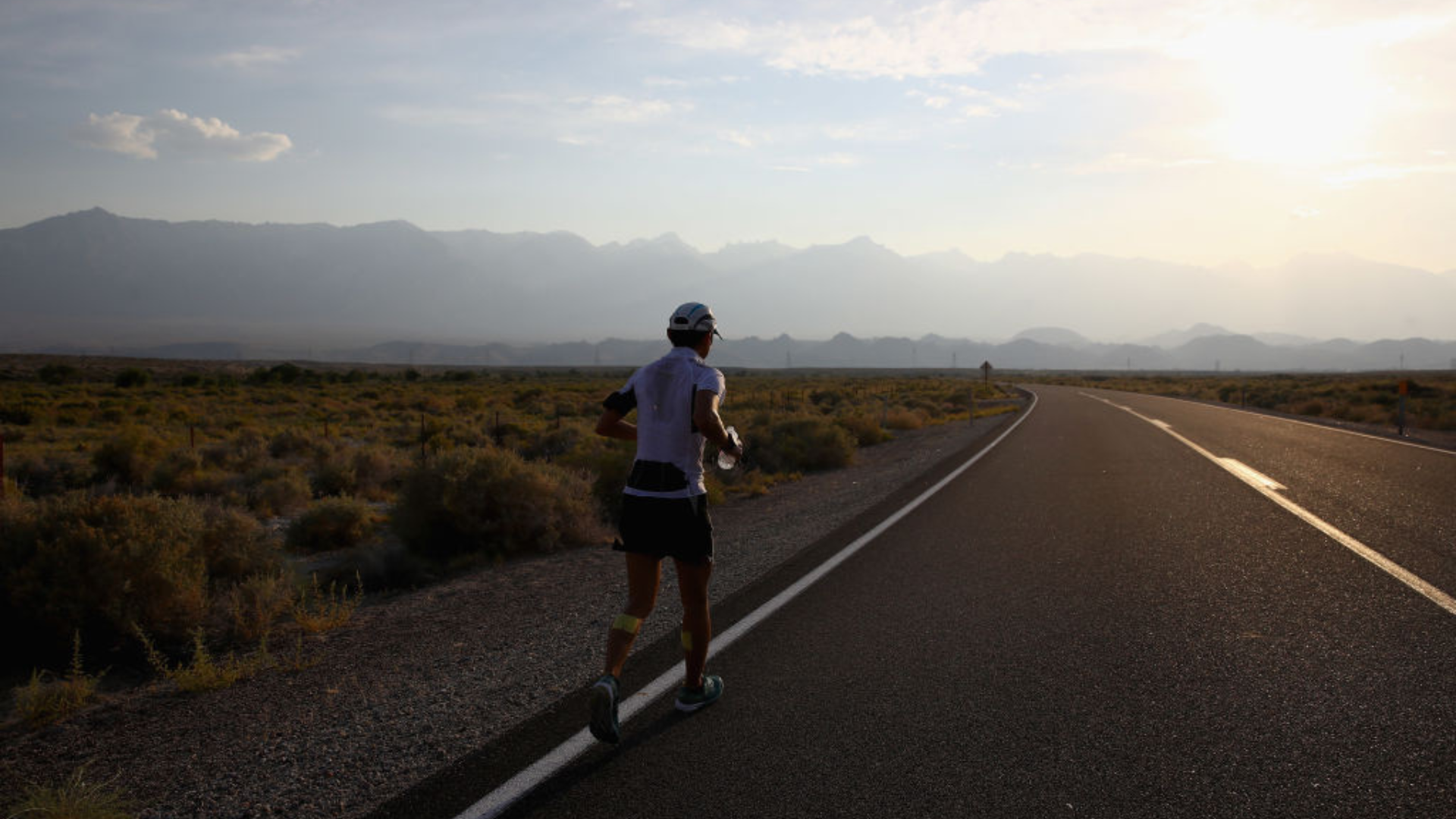What is the treeline? And why is it important when hiking?
What is the treeline? We explain what this frequently used hiking term refers to, where the treeline is, and what it means for you as a hiker
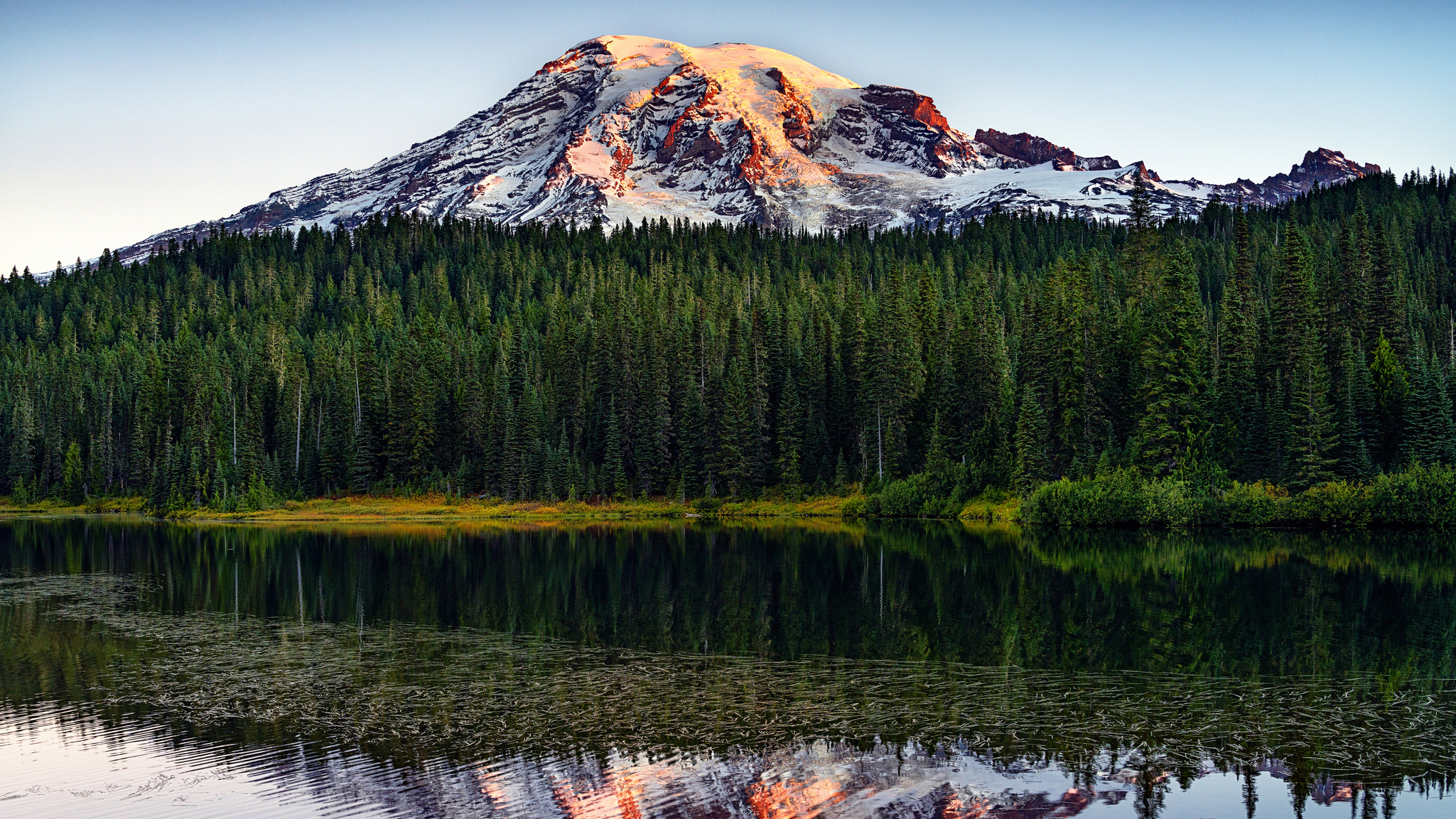
What is the treeline? If you’ve ever hiked up a mountain and, after a long time in the forest, broken out onto a rocky boulder field on your way to the summit, you'll be above the treeline. You'll also probably be glad you're wearing your best hiking boots as, above the treeline, things tend to get a little more technical. So, what is it and why is it important to know when hiking?
We're here to answer these questions and provide our expert tips for hiking above treeline.
What is the treeline?
The Treeline is the elevation at which trees no longer grow. Also known as timberline elevation, it doesn’t apply in coastal areas or any regions which are flat or are close to sea level. However, if you find yourself in an alpine region, you might be able to see a distinct line on the mountain between the forested area and above, where there are no trees. If you’re in a mountainous area where there are no trees at all, there’s a good chance that the entire area is above the treeline.
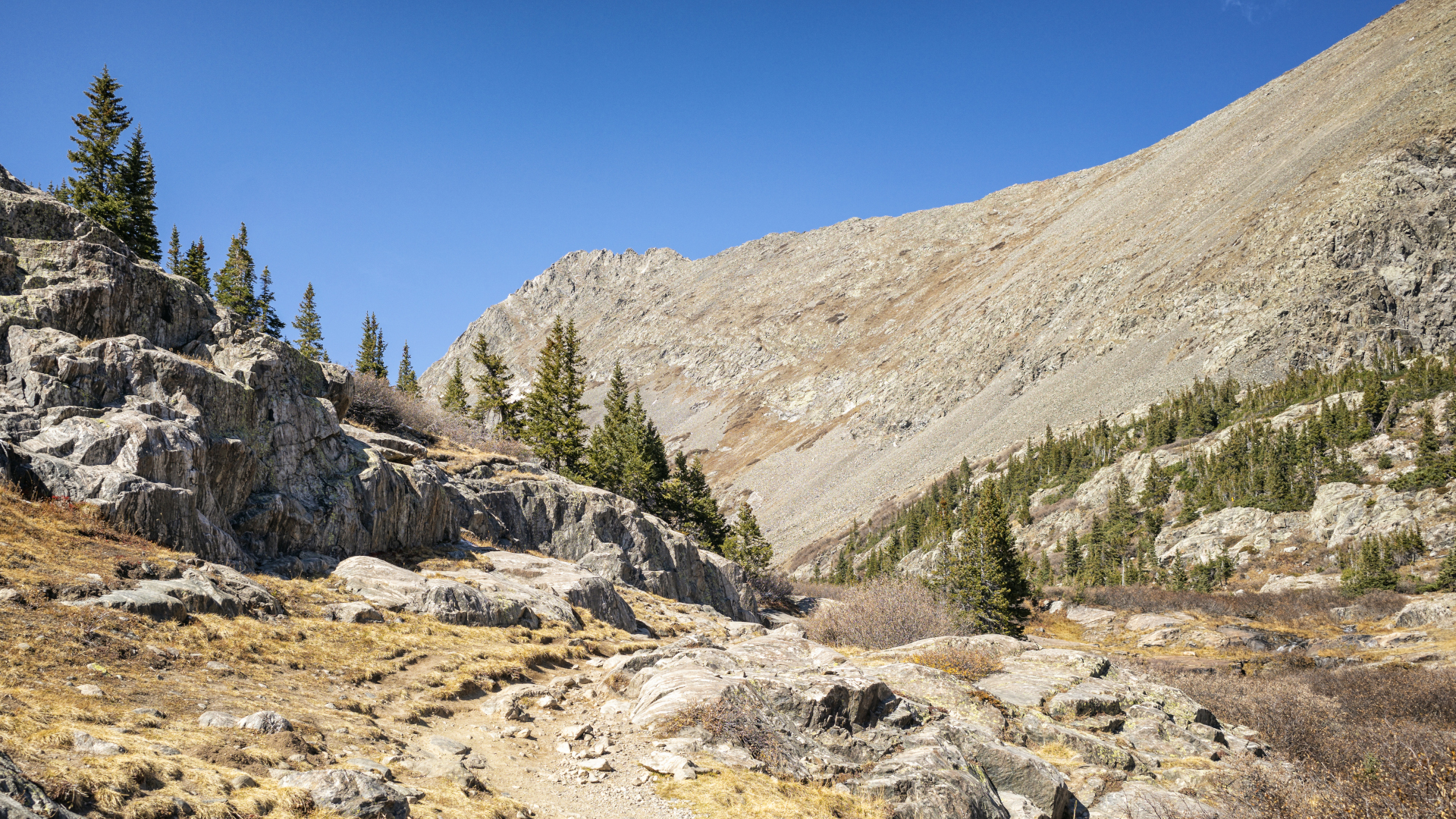
Meet the expert
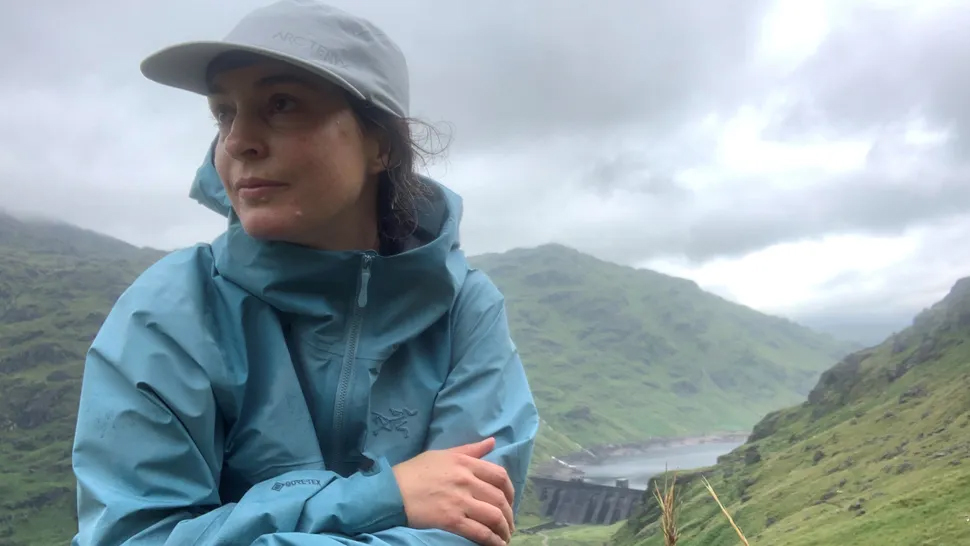
When she lived in Colorado, Julia had to hike pretty high to get above the treeline, which reaches up to around 11,500 feet. Now back in her native Scotland, where conditions are often brutal much lower down, she only has to ascend 1,600 feet to get above the trees. As one of our expert hikers, she's done plenty of both in her time.
Today's best deals
At what height does the treeline occur?
- The height of the treeline varies enormously around the world
- This is especially so in areas of high latitude
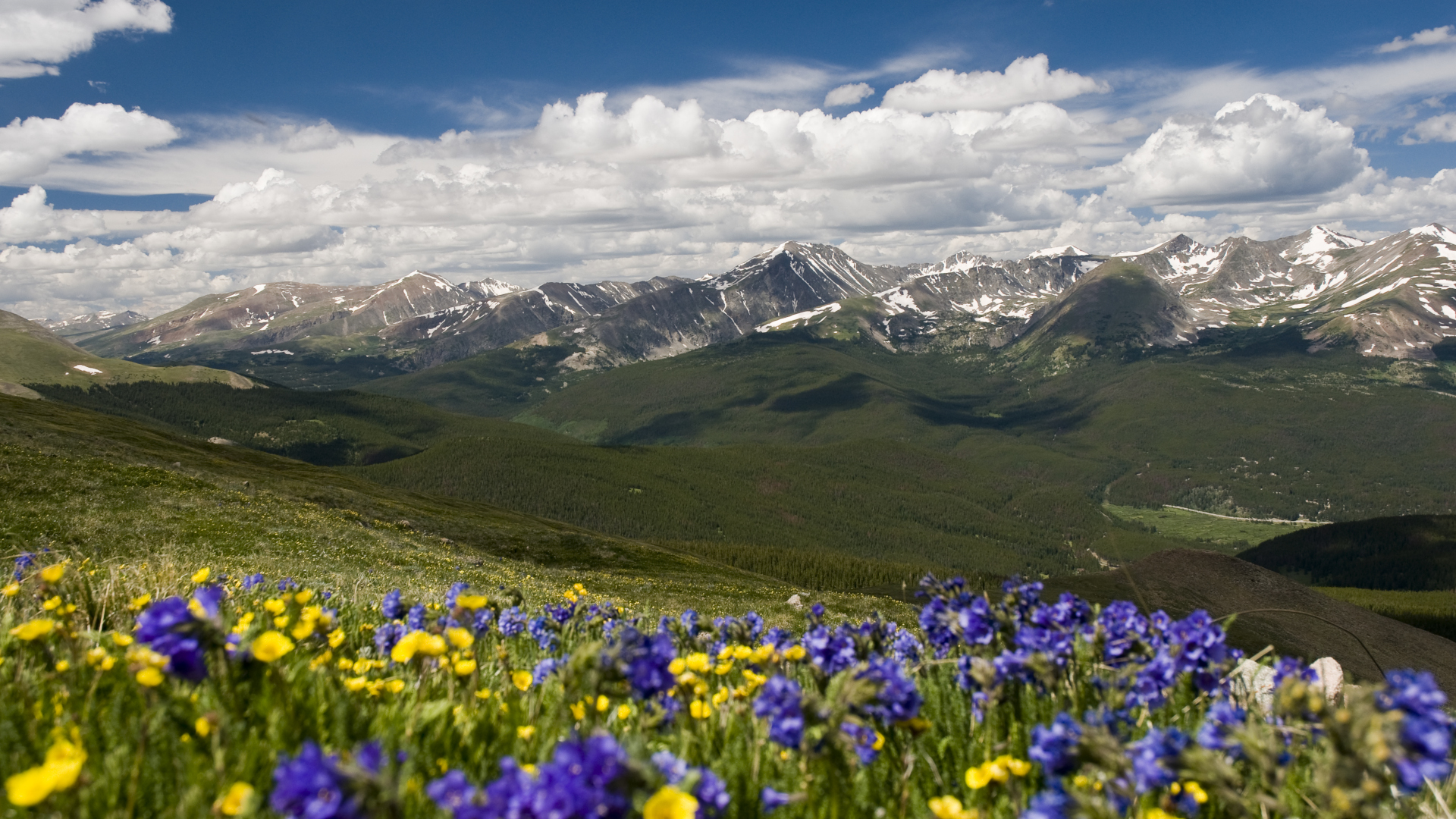
Interestingly, the height of the treeline varies enormously around the world, especially in areas more than 30 degrees north of the equator and in excess of 20 degrees south of the equator, known as areas of high latitudes. To give you an idea of how variable the treeline can be, here are some examples of the treeline in some popular hiking spots:
| Location | Treeline in feet | Treeline in metres |
|---|---|---|
| Colorado | 11,500ft | 3,505m |
| Yosemite National Park | 10,500ft | 3,200 m |
| New Hampshire | 4400ft | 1,350m |
| Canadian Rockies | 7,900ft | 2,400m |
| British Columbia | 4,300ft | 1,280m |
| Scotland | 1,600ft | 500m |
| Swiss Alps | 7,200ft | 2,200m |
| Peruvian Andes | 12,800ft` | 3,900m |
| Mount Everest | 16,400ft | 5,000m |
Why do trees not grow above the treeline?
- Trees can't tolerate the harsh conditions found at high altitude
- These include cold temperatures and high winds
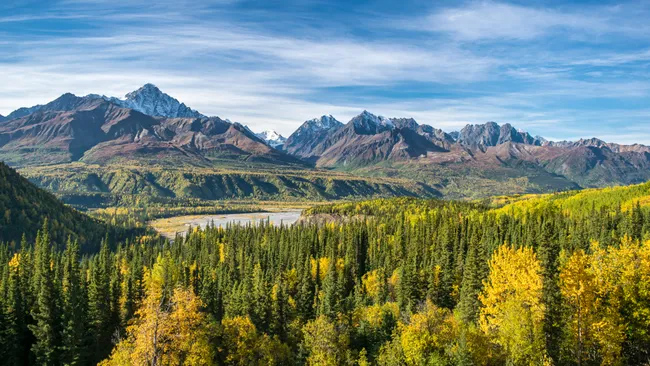
Trees can't tolerate the harsh conditions found at high altitude, which tends to mean colder temperatures, low moisture, and often high snowpack and high winds. As a result, they prefer to cluster together in areas where the conditions are more hospitable – a lot like humans, really.
It’s also worth noting that there are other reasons beyond altitude why there might not be any trees in a certain area, for example high winds or lack of sunlight.
Why does the treeline vary from place to place?
- We don't actually understand why the treeline varies so wildly
- The treeline tends to have a lot in common with the snow line
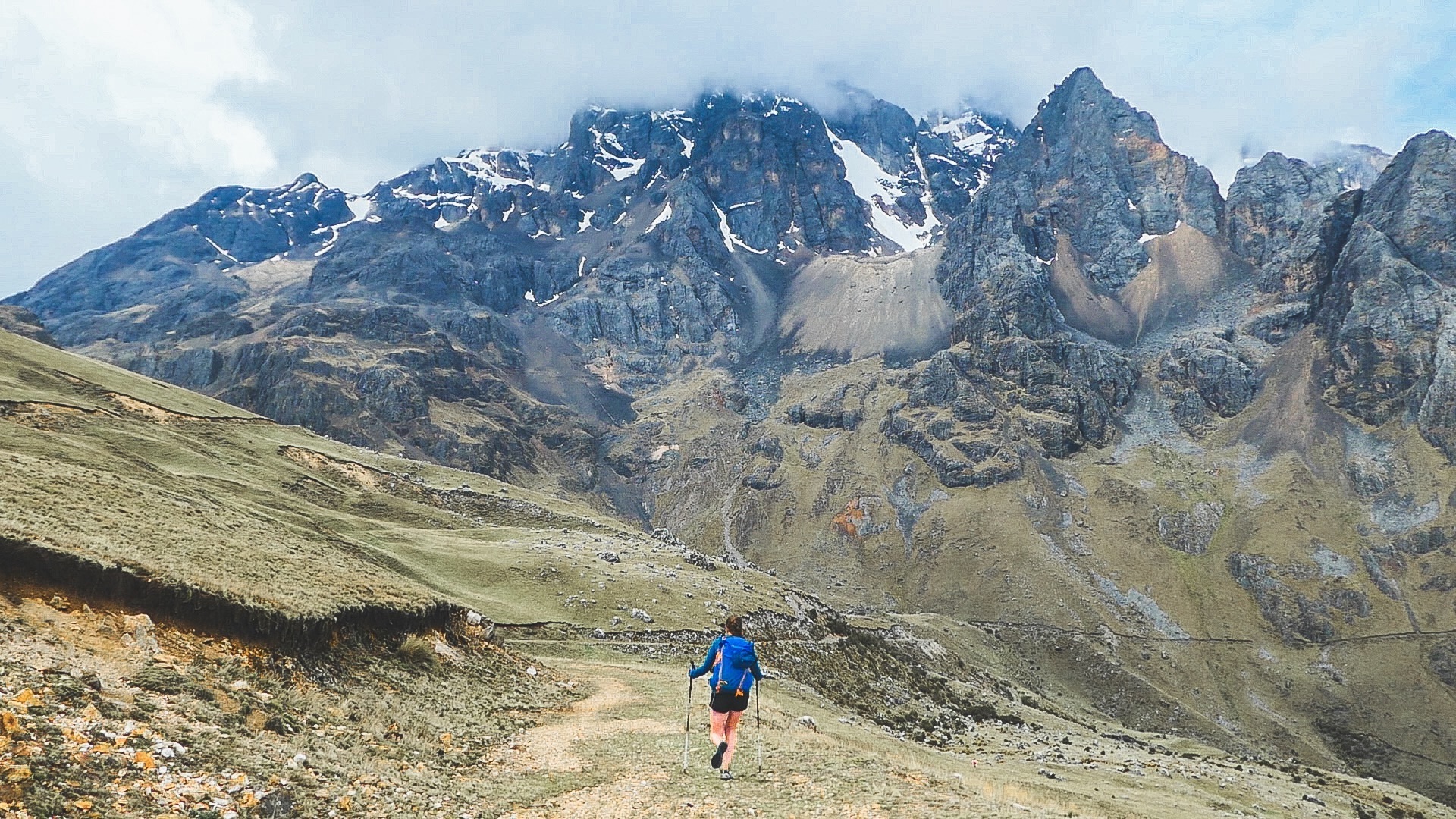
I always feel like I'm properly on a mountain once I ascend above the treeline. The views open up, the conditions get more challenging and the terrain becomes more interesting.
Alex Foxfield, mountaineer
We don't actually understand why the treeline varies so wildly. Though it always relates to altitude in some way, it doesn’t relate to latitude, as you might have noticed – Scotland is much further north than Colorado, for example, but the treeline is far lower. According to Nature, the variation might be due to microclimatic factors instead. Just like people in temperate, rainy Scotland might wilt in Colorado’s harsh dry, cold winters, perhaps the trees do too. One constant is that the treeline does always seem to follow the permanent snow line, which suggests that temperature plays an important role, unsurprisingly.
Advnture Newsletter
All the latest inspiration, tips and guides to help you plan your next Advnture!
One other variable that makes the treeline difficult to understand is that the term itself is not well defined. It can refer to the end of a forest, or the upper limit at which anything resembling a tree might grow, depending on the scientist. Indeed, while it can appear as a distinct line when looking at it, it can be a much slower progression from forest to tundra when you’re actually hiking through it.
Tips for hiking above the treeline
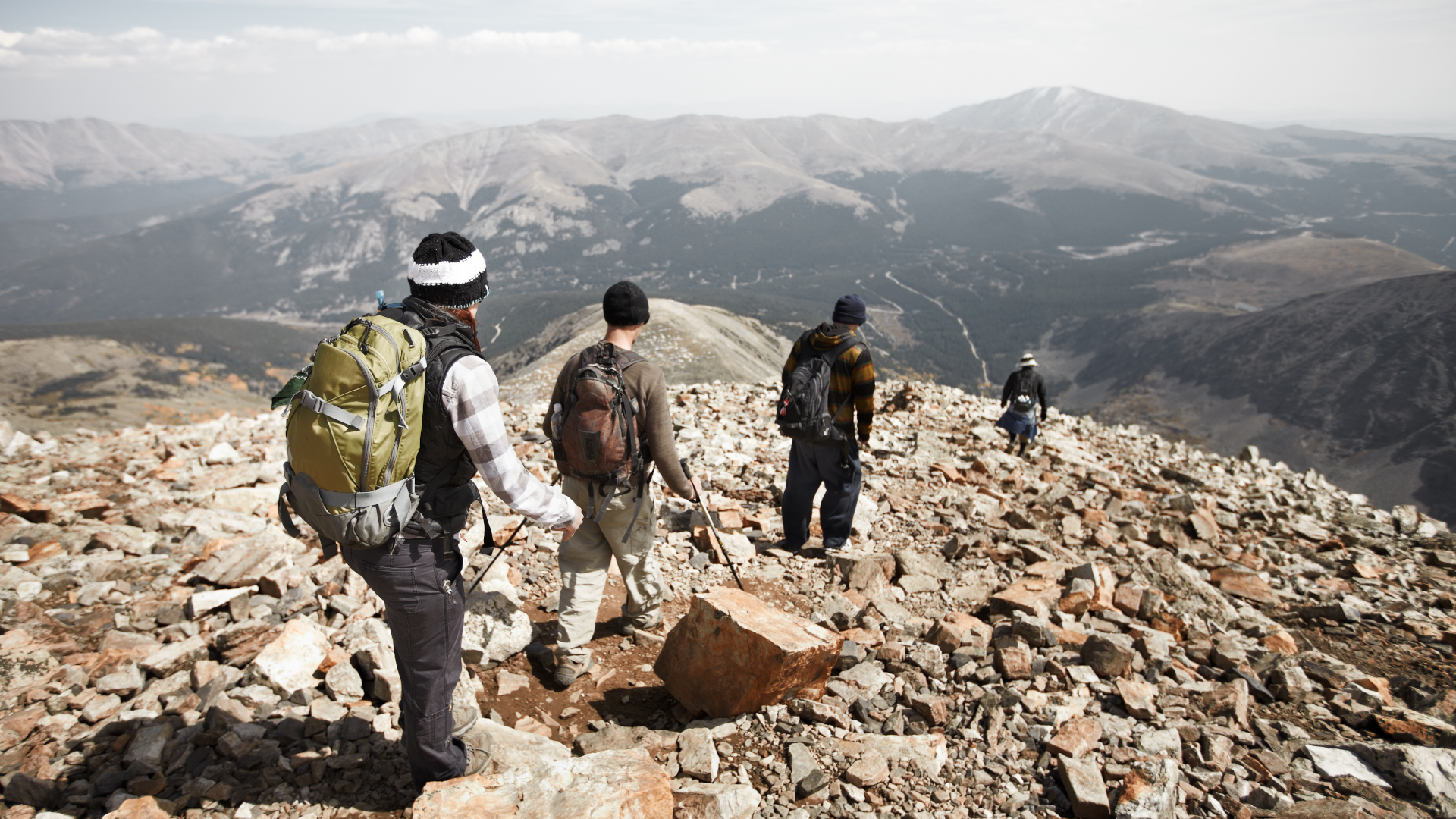
Speaking of hiking, why do you even need to know any of this? Well if you’re hiking along a coastal path or through a forest in Redwood National Park, you don’t. But if you are planning on reaching any real elevation, let’s say you’re climbing a 14er in Colorado or hiking Ben Nevis in Scotland, you’re going to spend at least the latter part of the hike above the treeline. As you now know, it doesn't necessarily mean that you're hiking at high altitude, so what does that actually mean for you?
1. You’ll be more exposed
The main thing to understand when you’re above the treeline is that you’ll be more exposed to the elements. Without the cover of trees, you’ll be more susceptible to the sun’s UV rays, wind and any rain, snow or hail the sky feels like chucking your way. Any time you’re going to get above the treeline, wear sunscreen and pack a waterproof jacket.
2. It can be harder to navigate
Once you get above the treeline, soil and vegetation tend to give way to tundra, rocks and scree. Even if the path persists, it's often just harder to see. Everything looks like a pile of grey rocks and your way will often be marked by rock cairns, which are really easy to see on a grassy knoll, but not so much when basically everything is a giant rock cairn. When you’re hiking above the treeline, you’ll want to carry a compass and know how to read a map.
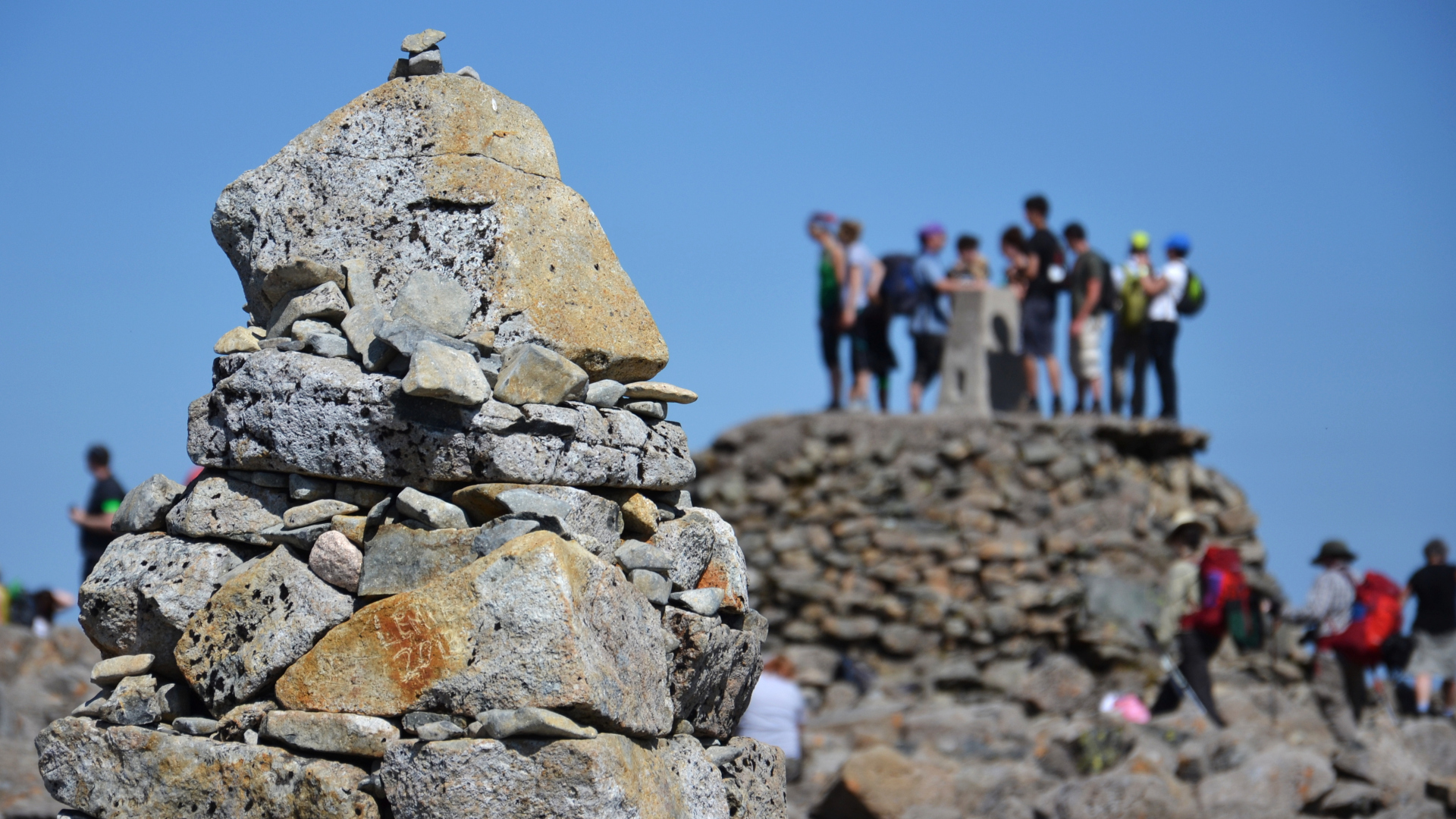
3. The terrain gets trickier
That rocky terrain that makes it harder to navigate is also often more difficult to walk on. Think sharp, unsteady rocks under foot that make every step uncertain. You need to slow down on this type of terrain and keep your eyes on the ground. Using trekking poles and wearing good hiking boots is key.
4. The ecosystem is more fragile
Even though it looks like a bunch of rocks, and rocks are tough, the ecosystem up here can be incredibly fragile. Do your best to stick to the trail (don’t run on scree), and avoid disturbing rocks and plants above the treeline.
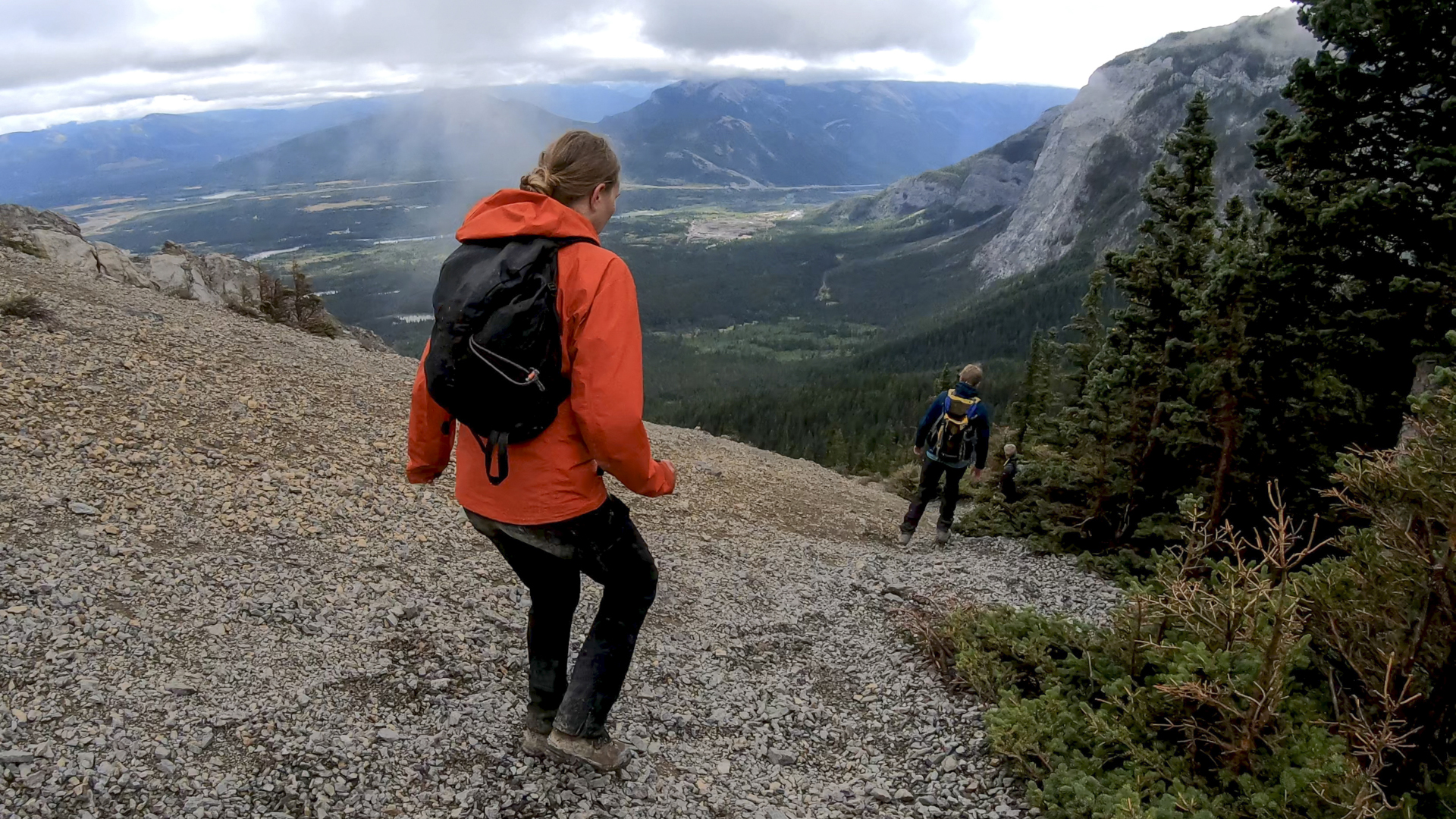
5. You’ll get amazing views
Yes, the conditions are harsher up here and you’ll need to keep your full attention on the task at hand, but stop every so often and look around you. From this height, with no trees around you, you’ll get the best views of the surrounding area.
Julia Clarke is a staff writer for Advnture.com and the author of the book Restorative Yoga for Beginners. She loves to explore mountains on foot, bike, skis and belay and then recover on the the yoga mat. Julia graduated with a degree in journalism in 2004 and spent eight years working as a radio presenter in Kansas City, Vermont, Boston and New York City before discovering the joys of the Rocky Mountains. She then detoured west to Colorado and enjoyed 11 years teaching yoga in Vail before returning to her hometown of Glasgow, Scotland in 2020 to focus on family and writing.

